Science is often inaccessible. This program is teaching scientists to communicate through art
Published in Lifestyles
PHILADELPHIA -- Christina Simms wouldn’t call herself an artist.
The Howard University student was a budding scientist visiting to do research at the Children’s Hospital of Philadelphia. Her main objective was to do lab work.
Yet as her summer internship entered its final weeks, she faced the daunting task of creating a piece of artwork that could communicate her research to the public.
Handed a blank ceramic as her canvas, Simms painted thrashing blue waves that circled the center. To the edges, she added green and red blobs.
The artwork almost seemed to depict a restless ocean inhabited by deep-sea critters. But most would find her real muse downright gross. It represented wastewater flushed from CHOP’s facilities, the red and green blobs being bacteria and viruses.
Simms presented her piece, “What Lies Inside” at a recent showcase at the Institute of Contemporary Art in West Philadelphia alongside 12 other young scientists-turned-painters.
The exhibit was part of the 2025 Translational Research Immersion Program at the University of Pennsylvania, a summer program that gathers undergraduates from around the country to do research at Penn and CHOP.
Students also learn to translate their research into art.
Simms’ project at CHOP is looking for bacteriophages, viruses that kill bacteria, in wastewater from the hospital. She hopes to find bacteriophages that could kill a type of antibiotic-resistant bacteria called carbapenem-resistant Enterobacterales. In the U.S., this bacteria is responsible for 13,000 infections and 1,100 deaths annually. Her work could find a new therapy to fight the bacteria.
The best way to portray this research, she decided, was to paint waves of water containing bacteriophages attacking bacteria. She also added her handprints to both sides of the shield, to represent how we all contribute to this wastewater through our excrement.
Simms believes translating research into art could help build trust in science.
Scientific papers on their own can be hard to read if you lack a science background. “It’s a lot of big words, a lot of different terminology that you wouldn’t really know unless you’ve been trained to understand it,” Simms said.
“But someone can take five seconds to look at a piece of artwork and understand the deeper meaning of it and what it symbolizes,” she added.
Science meets art
Carsten Skarke, a physician-scientist at Penn, founded the program four years ago after seeing a need for scientists to better communicate their work to the public.
He believed the medium of art would help nonscientists connect with the work.
And emerging scientists may be further inspired by exploring a creative outlet.
“How do we inspire the next generation of physicians, researchers and healthcare leaders to discover new medical innovations, to become effective communicators and to engage with communities for feedback?” he said.
Each piece at the showcase was painted colorfully onto a round, ceramic shield.
The pieces illustrated the undergraduates’ wide-ranging research interests: how magnetic stimulation of the brain can treat depression, using lipid nanoparticles to deliver drugs, and predicting how medications will work with machine learning models, to name a few.
Marguerita Hagan, the artist-in-residence at Penn’s Institute for Translational Medicine and Therapeutics, created the blank ceramics and guided the students through the process of translating their work into art.
She believes art can help diminish silos within science “in a beautiful way.”
“It’s taking this intense science and making it visual,” Hagan said.
Creating this art helped Haverford College student Rebecca Voss reflect on what she found most meaningful about her research.
Voss has spent the summer doing clinical research on a technique called Transcranial Magnetic Stimulation, which uses magnetic fields to stimulate brain cells. She’s studying its use for depression.
She has found striking the challenges study participants faced to even get into the trial.
“They had to search us out, they had to do these mountains of paperwork, and then on top of that, had to come in every single day for TMS visits,” she said.
Voss opted to paint the shield black and white on one side to show how the work is often boring and tiring for participants. On the other side, she painted a rainbow of colors to represent how brain stimulation can help participants “feel a little bit better.”
“I wanted to show that humanity in the shield,” she said.
©2025 The Philadelphia Inquirer, LLC. Visit at inquirer.com. Distributed by Tribune Content Agency, LLC.
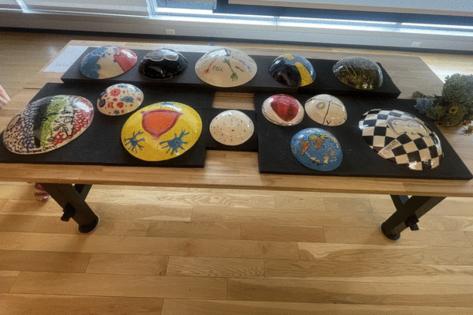
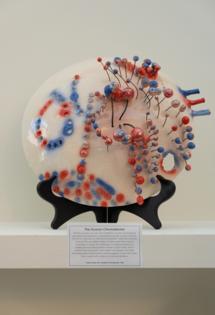
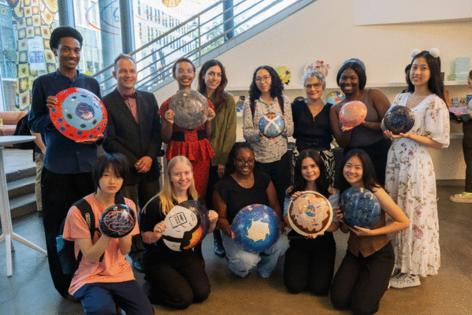










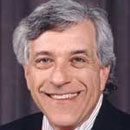
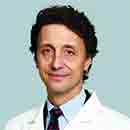








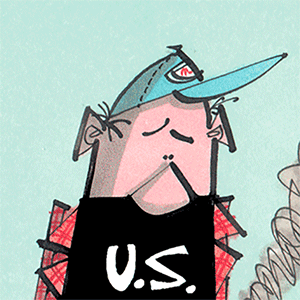

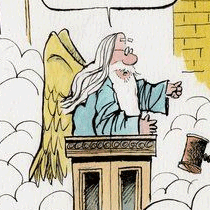

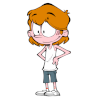

Comments